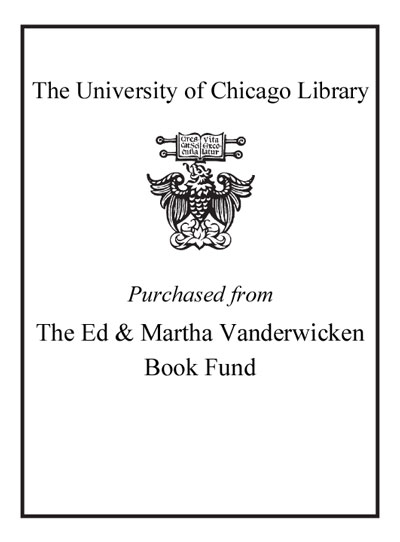Review by Choice Review
Andrews (Pittsburgh) adds to his pioneering work in both overall history covered in Afro-Latin America (CH, Mar'05, 42-4193) and the history of the Southern Cone's African ancestry population. The study is in part a general survey and in part a blend of three stories. The first story, threaded through alternating chapters, is a relatively traditional account of black Uruguayan history, providing nonspecialists with the necessary background in Uruguayan history. The second story centers on candomba. This percussion-based music is the most visible symbol of Afro-Uruguayan culture and has long been the subject of cultural appropriation, with white comparsas taking up the music in various guises. The result has been to push the cultural form from Afro-Uruguayan to Uruguayan. Andrews, a student in a percussion school during his time in Montevideo, writes about these matters with passion, but remains a historian rather than an ethnographer. In the book's last story, Andrews considers how in the last decade academics, activists, and cultural figures have challenged the long-held idea that Uruguay has no history of discrimination. The study, which includes many relevant and interesting photographs, makes clear that it is time to add Uruguay to the larger portrait of Afro-Latin America. Summing Up: Recommended. All academic levels/libraries. J. M. Rosenthal Western Connecticut State University
Copyright American Library Association, used with permission.
Review by Choice Review

